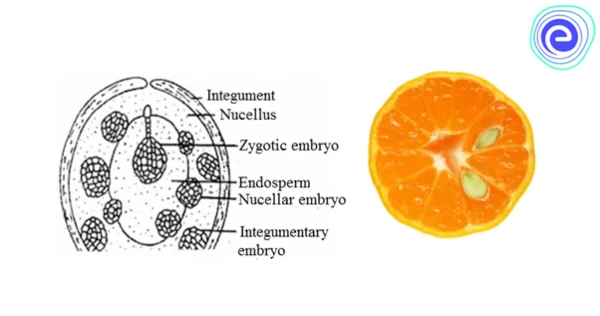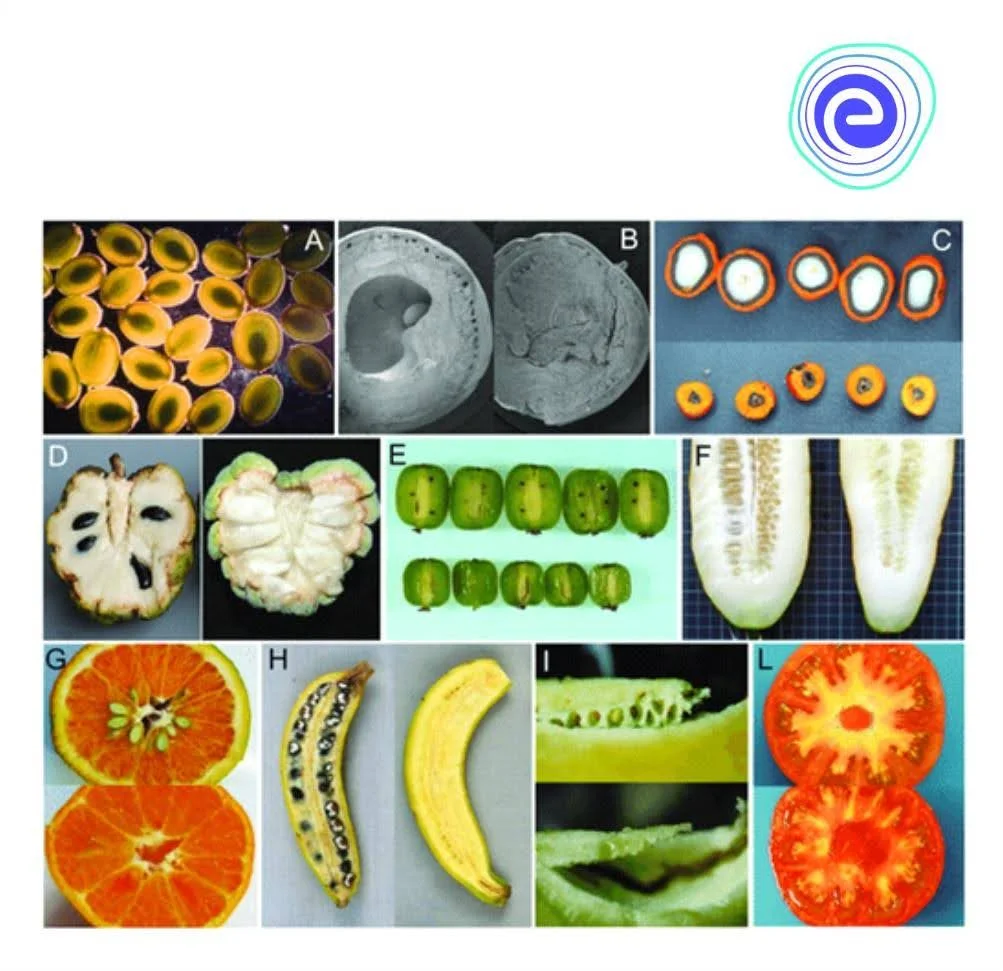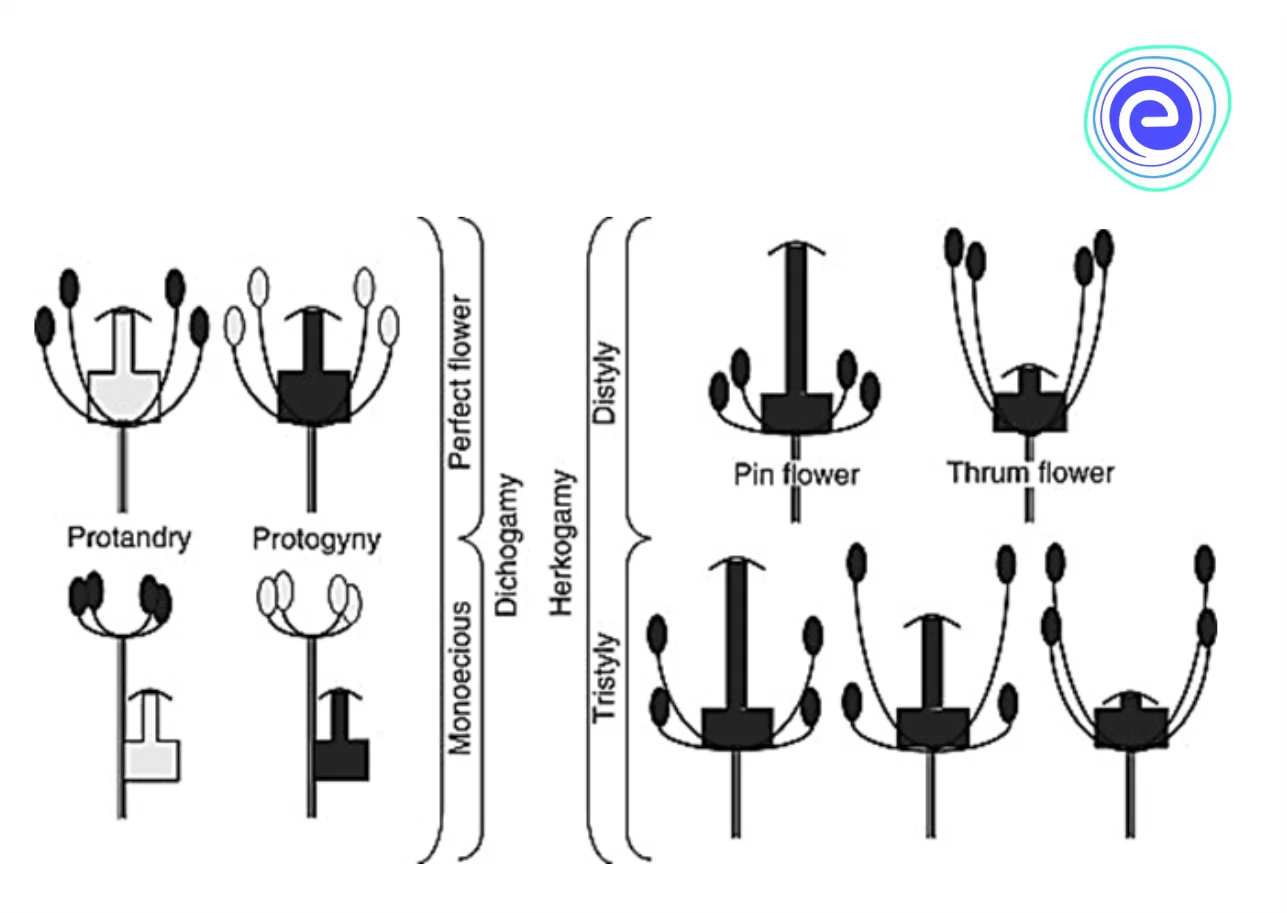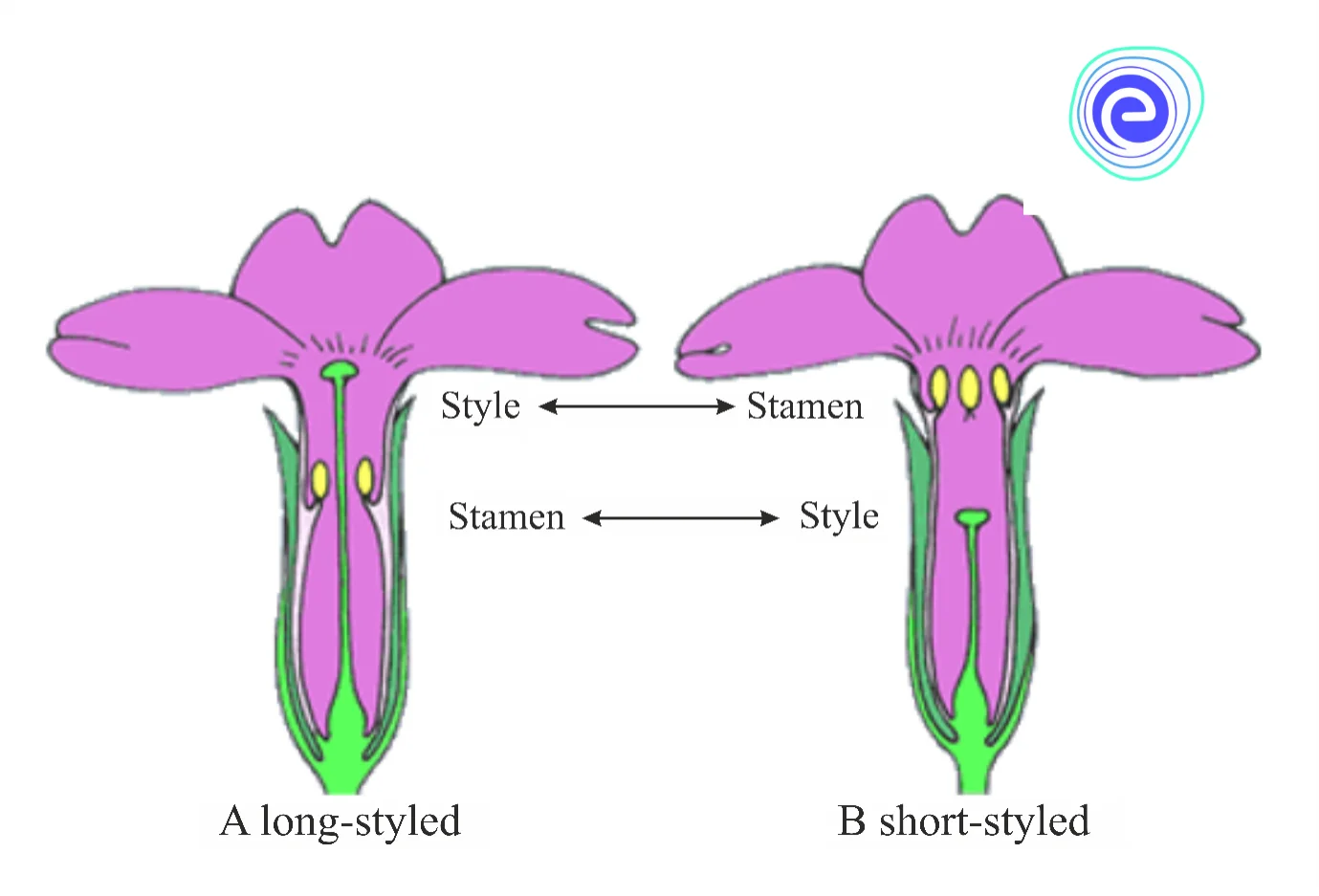- Written By
Shilpi Shikha
- Last Modified 03-01-2025
Some Special Mechanisms of Reproduction and Incompatibility
Some Special Mechanisms of Reproduction and Incompatibility: Plant reproduction is critical to their survival. In plants, this crucial process of reproduction takes place in a variety of ways. Sexual and asexual reproduction are the two basic categories in which they all fall. Several plants have evolved special mechanisms for reproduction that allow them to create several embryos or seeds from a single fertilised egg.
On the other hand, some plants have developed self-incompatibility. In angiosperms, self-incompatibility is a phenomenon that prohibits self-fertilisation or inbreeding. Read further to learn about some special mechanisms of reproduction and incompatibility.
Learn About Asexual Reproduction Here
Special Mechanisms of Reproduction
Several plants have evolved to reproduce with the special mechanism in order to produce many embryos or seeds from a single fertilised egg.
Apomixis
Apomixis is a type of asexual reproduction in plants that involves the development of embryos and seeds rather than the fertilisation of sexual gametes. Apomixis is a type of seed formation that happens without fertilisation. In the plant kingdom, this is a one-of-a-kind technique for producing seeds. Apomixis allows for the continuation of features that are beneficial to individual survival, but it diminishes the evolutionary benefit of biparental inheritance in the long run. Apomixis guarantees that a plant reproduces even if the pollinators aren’t there or have died off. It saves a lot of maternal energy that would otherwise be lost making non-viable/unfit children, lowering the cost of meiosis, and requiring less energy. Example: Poa spp., Zea mays, Brachiaria spp.
Polyembryony
Polyembryony is a situation in which a single fertilised egg produces two or more embryos, resulting in identical twins in humans. Polyembryony is a common phenomenon in many plant and animal species, and it happens often in the nine-banded armadillo, which normally has four identical offspring. The parasitic bug Copidosoma truncatellum, a parasite of some cutworms, deposits a single egg in the body of the host worm from which up to 2,000 offspring might emerge.
Fig: Polyembryony
True polyembryony and False polyembryony are the two forms of polyembryony.
- True polyembryony: The development of numerous embryos happens in the same embryo sac in which the zygotic embryo was generated in genuine polyembryony. Example: Opuntia.
- False polyembryony: False polyembryony occurs when an additional embryo develops in another embryo sac within the same nucleus. Example: Bergenia.
Parthenocarpy
Fruit formation without fertilisation is referred to as parthenocarpy. The technique results in a fruit that is infertile and devoid of seeds. This indicates that pollination results in the creation of totally seedless berries. The majority of parthenocarpic seedless berries are tiny.
Fig: Parthenocarpy in some Fruits
Types of parthenocarpy:
- Genetic parthenocarpy: Mutation or hybridization result in parthenocarpic fruits.
- Environmental parthenocarpy: Fog, heat stress, frost, andzing, among other things, can induce reproductive organ failure and parthenocarpic fruit production.
- Chemical induced parthenocarpy: Parthenocarpy is caused by the use of substances such as IAA, NAA, or gibberellin.
Self-incompatibility
Self-incompatibility occurs when pollen from the same flower or other blossoms on the same plant is unable to fertilise the same flower or other flowers on the same plant owing to obstruction of the pollen tube’s development in the stigma and style, inhibiting the transfer of male gametes to the ovules. Inbreeding depression develops as a result of continued inbreeding or self-fertilisation. As a result, most plants have a variety of systems in place to prevent self-pollination and favour cross-pollination.
Plants use a variety of methods and systems to encourage cross-pollination.
1. Unisexuality (Dioecism): In this scenario, the plant is not hermaphrodite and has either male or female flowers.
2. Dichogamy: The stigma and the anther mature at distinct periods in this process. Dichogamy can be further separated into two types depending on who matures first:
a. Protandry: It is a kind of protandry in which the androecium develops before the gynoecium. For example, a maize plant.
b. Protogyny: The gynoecium develops before the androecium in this kind.
Fig: Dichogamy Vs. Herkogamy
3. Herkogamy: It is a term used to describe a phenomenon in which a natural physical barrier prevents pollen from the same flower from accessing the ovary.
4. Self-sterility: It is a condition in which a gene identifies a similar gene and prevents the pollen grain from germinating. This is owing to the presence of a self-sterile gene in the ovule and grain.
5. Heterostyly: The stigma and anthers of some plants, such as the oxalis, are situated at separate levels. Pollen is unable to reach the stigma and pollinate it as a result of this.
Fig: Heterostyly
6. Pollen prepotency: This mechanism prevents autogamy by allowing pollen from separate flowers to germinate quicker than pollen from the same flower.
Advantages of Self-incompatibility
The advantages of self-incompatibility are as follows:
- In the absence of male sterility, self-incompatibility can be used to assist the development of F1 hybrids.
- In clonally reproduced orchard species like cherry and apple, self-fertility can be promoted temporarily or permanently by mutation of S alleles to S1 using artificial irradiation.
- If self-incompatibility exists, seedless cultivars, such as pineapple and grape, can develop.
Disadvantages of Self-incompatibility
The disadvantages of self-incompatibility are as follows:
- Seed set variations owing to low fertility.
- Poor preservation of genetic purity of improved varieties since cross-pollination is non-restricted.
- Mixed planting of various kinds depending on cross-compatibility results in uneven fruit quality.
Pollen Pistil Interaction
Pollen pistil interaction is the sequence of events that occurs from the moment pollen is deposited on the stigma until the time the pollen tube enters the ovule. The initial stage or first step in pollen pistil contact is pollination, which is the process of moving pollen grains from the anther to the stigma of the same flower or from one bloom to another blossom
Several plants have evolved to reproduce with the special mechanism in order to produce many embryos or seeds from a single fertilized egg. Apomixis is a type of asexual reproduction in plants that involves the development of embryos and seeds rather than the fertilisation of sexual gametes.
Polyembryony is a condition in which a single fertilised egg produces two or more embryos, resulting in identical twins in humans. Fruit formation without fertilisation is referred to as parthenocarpy. Self-incompatibility occurs when pollen from the same plant cannot fertilise the same flower or other flowers owing to obstruction of the pollen tube’s development. Inbreeding depression develops as a result of continued inbreeding or self-fertilisation. Most plants have a variety of systems in place to prevent this and favour cross-pollination. Self-incompatibility is both advantageous and disadvantageous.
FAQs of
Q.1. What is apomixis?
Ans: Apomixis is a type of asexual reproduction in plants that involves the development of embryos and seeds rather than the fertilisation of sexual gametes.
Q.2. What is polyembryony?
Ans: Polyembryony is a condition in which a single fertilised egg produces two or more embryos, resulting in identical twins in humans.
Q.3. What is self-incompatibility?
Ans: Self-incompatibility is a common mechanism that inhibits inbreeding and encourages outcrossing in flowering plants.
Q.4. What are outbreeding devices?
Ans: Plants use a variety of methods and systems to encourage cross-pollination termed outbreeding devices.
Q.5. What is the main role of the pistil in pollen pistil interaction?
Ans: The pistil can detect and receive pollen from the same species that is either right or compatible.
Learn About Apomixis and Polyembryony Here
We hope that this detailed article on Some Special Mechanisms of Reproduction and Incompatibility was helpful. If you have any doubts, then do let us know about it in the comment section below. Our team will get try to solve your queries at the earliest.












































